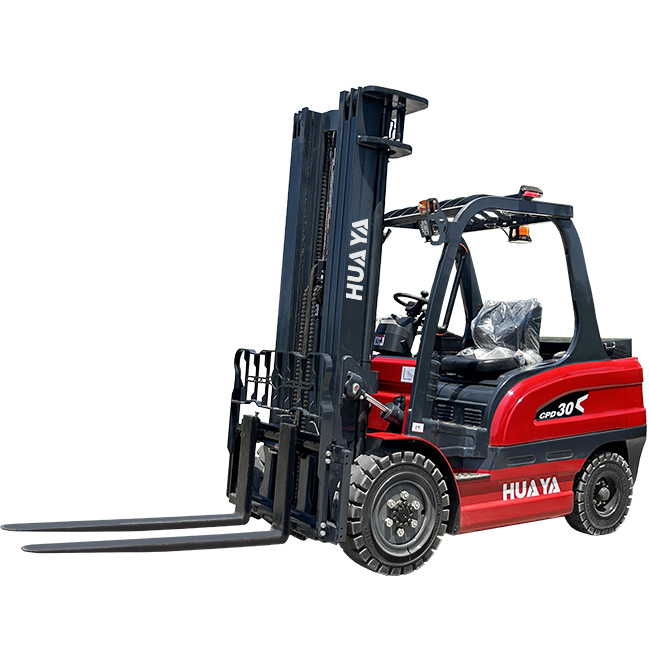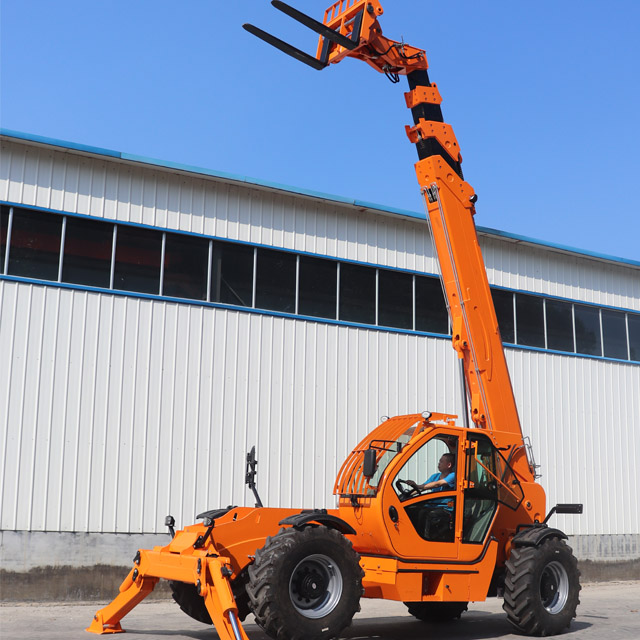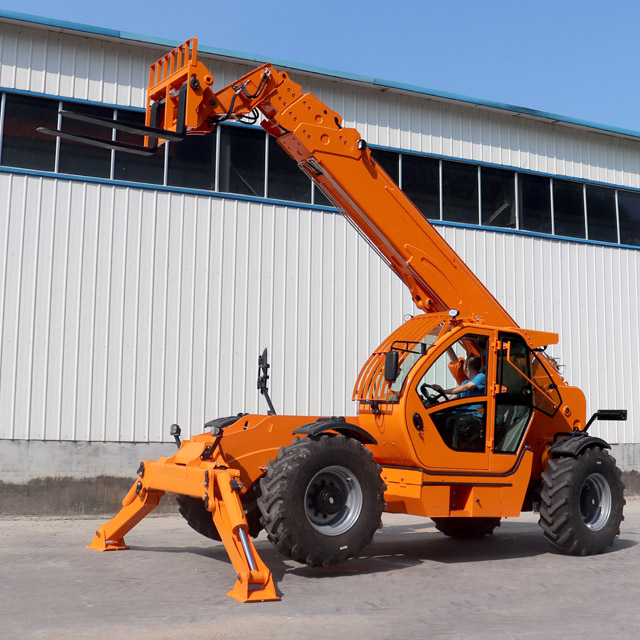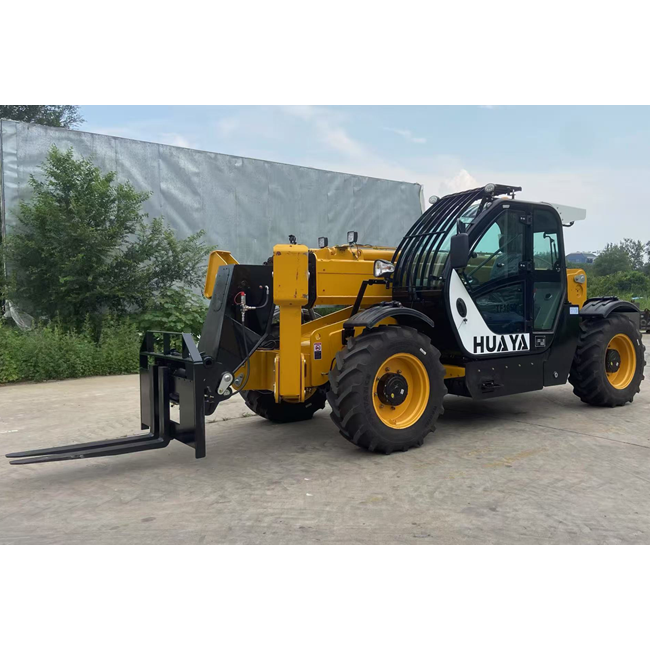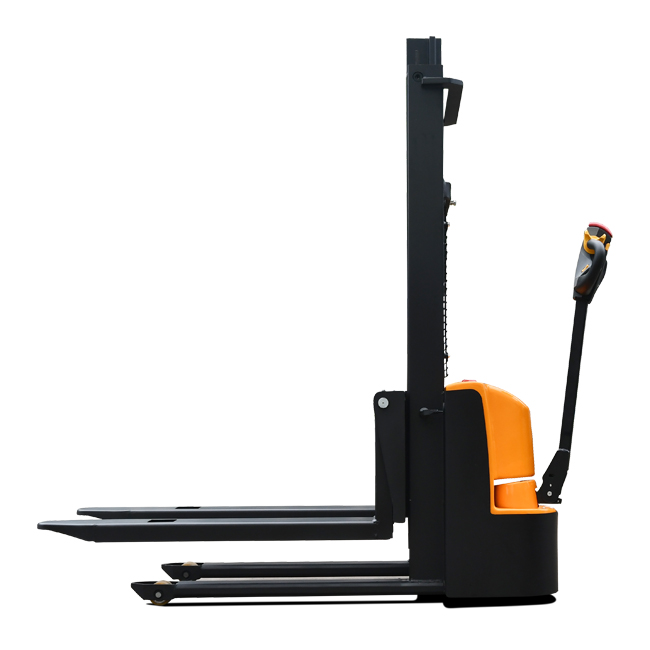How to Compare Fuel Economy in Electric Forklifts?
17 Oct 2025
As industries move toward sustainable logistics and manufacturing, electric forklifts are quickly becoming the preferred choice over diesel or LPG models. One of the most important considerations when choosing an electric forklift is fuel economy—or more accurately, energy efficiency. Understanding how to compare fuel economy in electric forklifts helps businesses save money, reduce emissions, and increase operational efficiency.
This guide will walk you through every aspect of evaluating and comparing electric forklift fuel economy, from battery technology and power consumption to operating environment and charging efficiency.
Understanding Fuel Economy in Electric Forklifts
Unlike diesel or gas forklifts, electric forklifts measure fuel economy in terms of energy usage per hour or per ton of material handled. This means assessing how much electricity (in kilowatt-hours, kWh) the forklift consumes during operation. The lower the energy consumption for a given workload, the better the forklift’s fuel economy.
Electric forklifts offer a huge advantage here because they convert over 80% of electrical energy into mechanical power, while combustion models lose significant energy as heat.
Additionally, electric forklifts regenerate power through regenerative braking, meaning energy is recovered each time the operator slows or stops. This makes electric forklifts especially efficient in stop-and-go warehouse environments.
When comparing models, always look at energy consumption per hour and battery runtime under real operational loads. Forklifts with efficient motor controllers, optimized gearing, and advanced battery management systems (BMS) typically outperform others in energy economy.
Measuring Energy Efficiency
Energy efficiency in electric forklifts is measured using kWh/hour or energy cost per shift.
To evaluate properly:
Record energy use over several full work shifts.
Calculate average consumption per hour of operation.
Compare output vs input energy to determine conversion efficiency.
Modern forklifts often include telematics systems that track this data automatically. Such digital monitoring allows managers to see real-time power consumption trends, identify inefficiencies, and optimize driving habits.
Also, note the Energy Efficiency Ratio (EER), a standardized measure that compares performance across brands. Forklifts with a higher EER rating deliver more productivity per kWh consumed.
Comparing Battery Types
Battery technology has a major impact on electric forklift fuel economy. The two main types are:
Lead-Acid Batteries – Traditional and cost-effective but less efficient. They typically convert only about 75–80% of charge energy to power and need frequent maintenance.
Lithium-Ion Batteries – More expensive initially but offer up to 95% efficiency, faster charging, zero maintenance, and longer life.
Lithium-ion models often reduce energy costs by 20–30% compared to lead-acid forklifts. They also maintain consistent voltage throughout operation, ensuring stable performance and energy output.
Charging Efficiency and Power Loss
When comparing fuel economy, consider charging losses. Charging systems are never 100% efficient—some energy is lost as heat.
A typical lead-acid charger may have 80% efficiency, while lithium-ion systems can reach 96%.
To maximize energy economy:
Use smart chargers that automatically stop when full.
Avoid overcharging or deep discharging batteries.
Schedule charging during off-peak hours to reduce energy costs.
Charging infrastructure design—such as using fast-charging stations or centralized power management—also influences total operating economy.
Load Capacity and Energy Consumption
A forklift’s load capacity directly affects fuel economy. Heavier loads require more power, so comparing forklifts with similar rated capacities ensures fair evaluation.
Forklifts with advanced load-sensing hydraulic systems and AC drive motors optimize power delivery, reducing waste energy.
To get accurate comparisons:
Test each forklift under identical load conditions.
Monitor current draw and battery discharge rates.
Choose models that maintain high performance without rapid energy depletion.
Operating Conditions and Their Impact
Real-world operating environments heavily influence energy economy. Factors such as:
Temperature (cold reduces battery efficiency),
Floor conditions (rough terrain increases drag), and
Driving behavior (frequent acceleration or braking)
can all affect energy use by 10–25%.
Using terrain-appropriate tires, adjusting speed settings, and training operators in energy-efficient driving can yield measurable improvements in fuel economy.
Maintenance and Energy Performance
Maintenance plays a crucial role in keeping energy consumption low.
Dirty motors, worn tires, or underinflated tires cause unnecessary drag and increased current draw.
Establishing a preventive maintenance schedule helps maintain motor efficiency, proper alignment, and battery health.
Well-maintained electric forklifts can operate up to 15% more efficiently than neglected ones, extending both performance and battery lifespan.
Real-World Case Studies
Consider a warehouse that switched from lead-acid to lithium-ion forklifts. Their annual energy costs dropped by 28%, and maintenance time fell by half.
Similarly, logistics firms using telematics-based fleet management saw energy efficiency improvements up to 20% through better charging cycles and optimized routing.
These real-world results confirm that choosing and maintaining energy-efficient forklifts translates directly into measurable operational savings.
Tools and Metrics for Comparison
To compare fuel economy accurately, use:
Manufacturer data sheets (energy use per cycle)
Telematics data (real-time energy tracking)
Battery analytics platforms (efficiency reports)
Standardized EER metrics
You can also calculate your own efficiency index:
Energy Cost per Pallet = (kWh × electricity rate) ÷ pallets moved.
This simple metric helps identify the most economical forklifts in your operation.
Tips for Improving Forklift Fuel Economy
Train operators to drive smoothly and avoid abrupt acceleration.
Keep forklift weight optimized; remove unnecessary attachments.
Maintain proper tire inflation and regular service.
Use lithium-ion batteries for long-term efficiency.
Monitor energy use via telematics.
Every small improvement adds up to major annual energy savings.
FAQs
1. How is fuel economy measured in electric forklifts?
Fuel economy is measured in kilowatt-hours (kWh) consumed per hour or per ton of material handled.
2. Are lithium-ion batteries more energy efficient than lead-acid?
Yes, lithium-ion batteries offer up to 95% energy efficiency and longer runtimes.
3. Can charging methods affect fuel economy?
Absolutely—smart chargers and proper charging schedules reduce energy waste.
4. What role does battery management play?
Battery management systems (BMS) optimize charging cycles and prevent over-discharge, improving efficiency.
5. How can I monitor forklift energy consumption?
Telematics and onboard monitoring systems provide real-time energy data.
6. Does temperature impact energy efficiency?
Yes. Cold temperatures can lower battery performance by up to 20%.
7. How do I calculate energy cost per pallet moved?
Divide total kWh consumed by the number of pallets handled, multiplied by your electricity rate.
8. Are electric forklifts always cheaper to run?
Typically, yes—they have fewer moving parts and lower energy costs than diesel units.
9. What maintenance improves energy efficiency most?
Regular cleaning, tire inspection, and battery maintenance preserve optimal performance.
10. What’s the best way to compare different forklift brands?
Use standardized efficiency ratings and real-world performance data under the same load conditions.
Comparing fuel economy in electric forklifts is more than checking specs—it’s about understanding how energy, performance, and environment interact. By evaluating battery type, charging efficiency, operational habits, and load handling, businesses can identify forklifts that deliver both power and savings.
Electric forklifts like those from HUAYA demonstrate how modern design and technology maximize every kilowatt-hour, turning energy efficiency into real profit.
With proper monitoring, operator training, and maintenance, companies can achieve remarkable improvements in productivity and sustainability. Electric forklifts are not only the future of material handling—they’re the smarter, cleaner, and more economical choice today.
